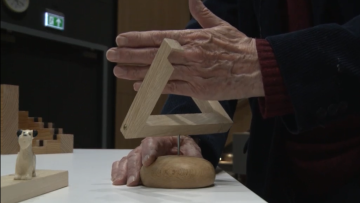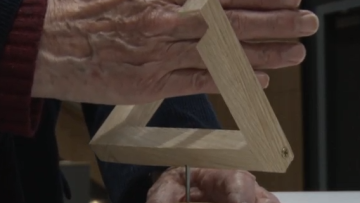16:00
Expanders and actions on measure spaces
Abstract
A family of expanders is a sequence of finite graphs which are both sparse and highly connected. Firstly defined in the 80s, they had huge applications in applied maths and computer science. Moreover, it soon turned out that they also had deep implications in pure maths. In this talk I will introduce the expander graphs and I will illustrate a way to construct them by approximating actions of groups on probability spaces.



